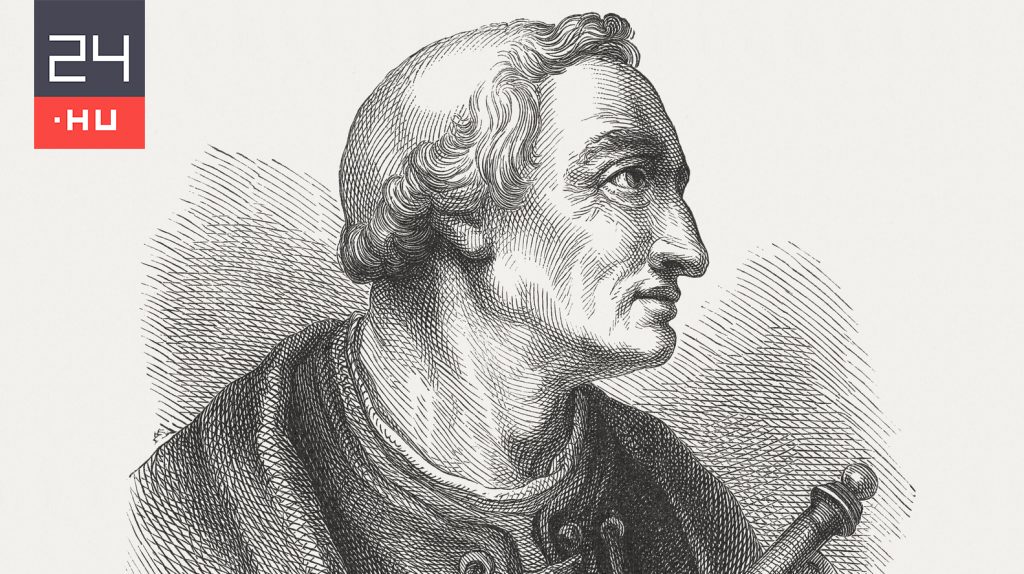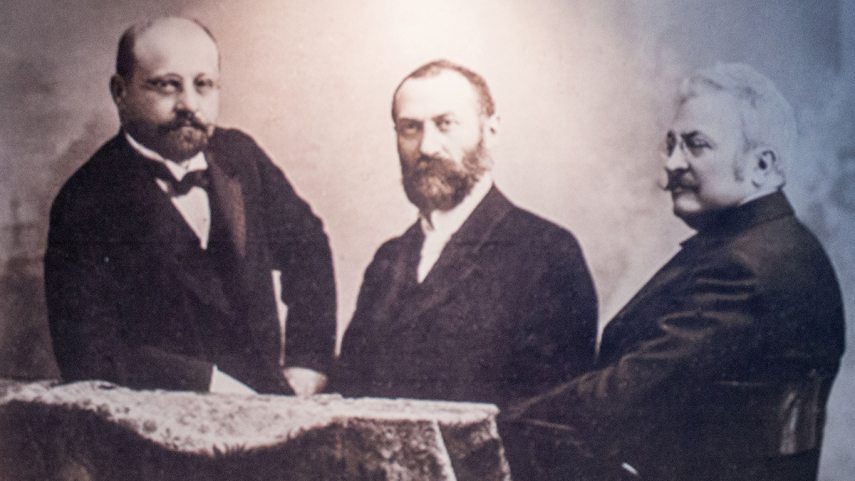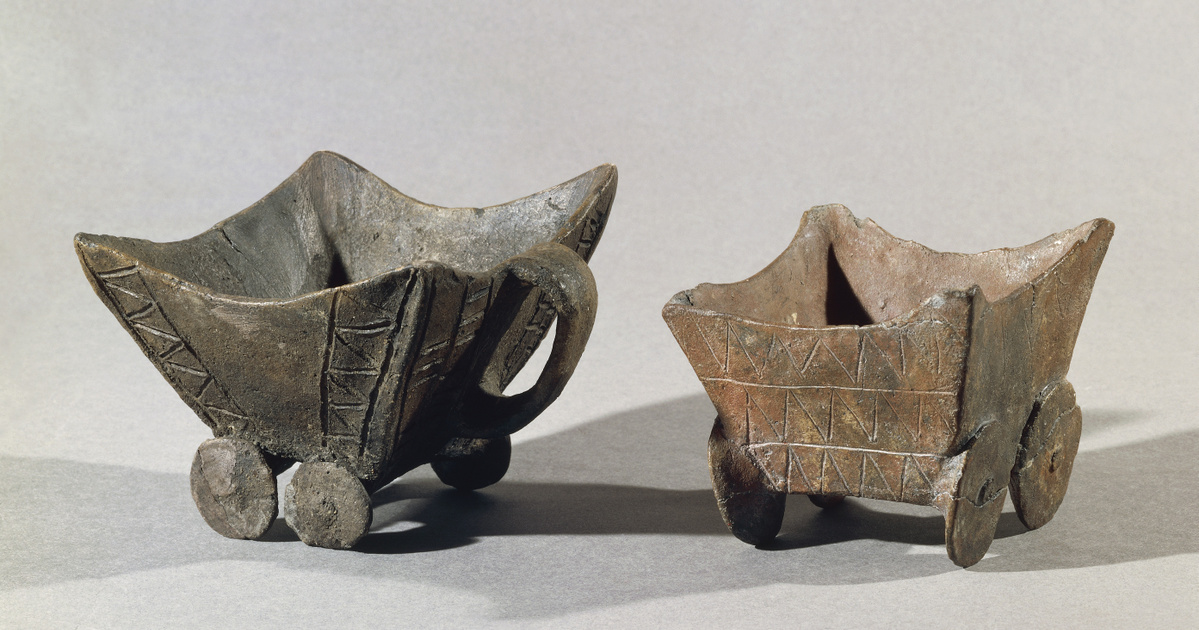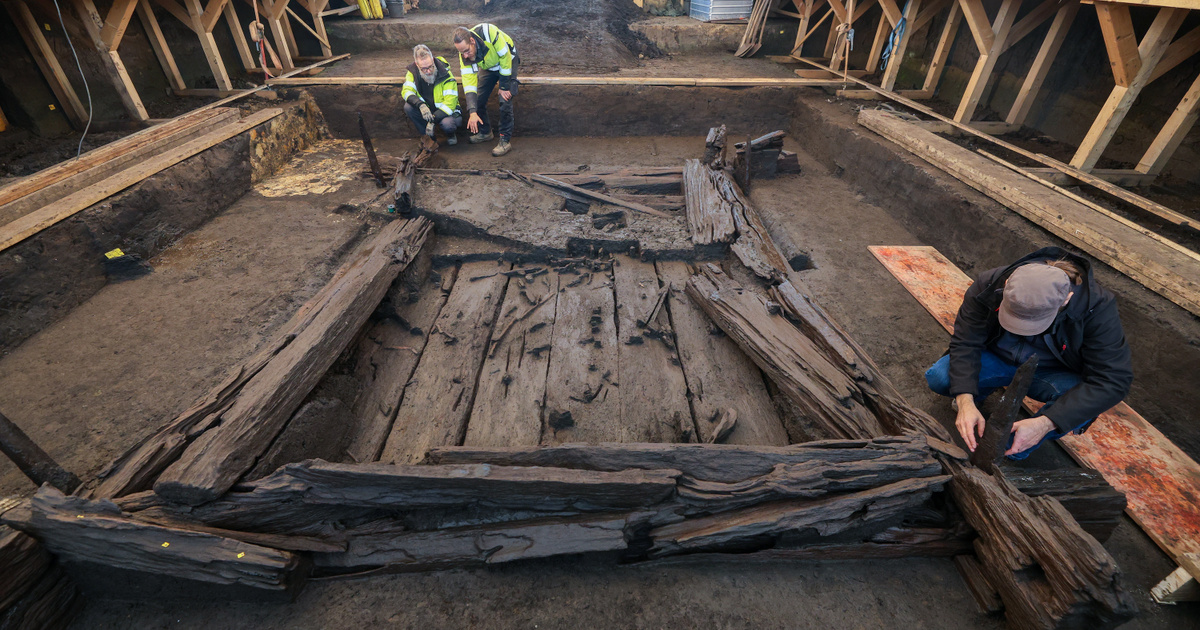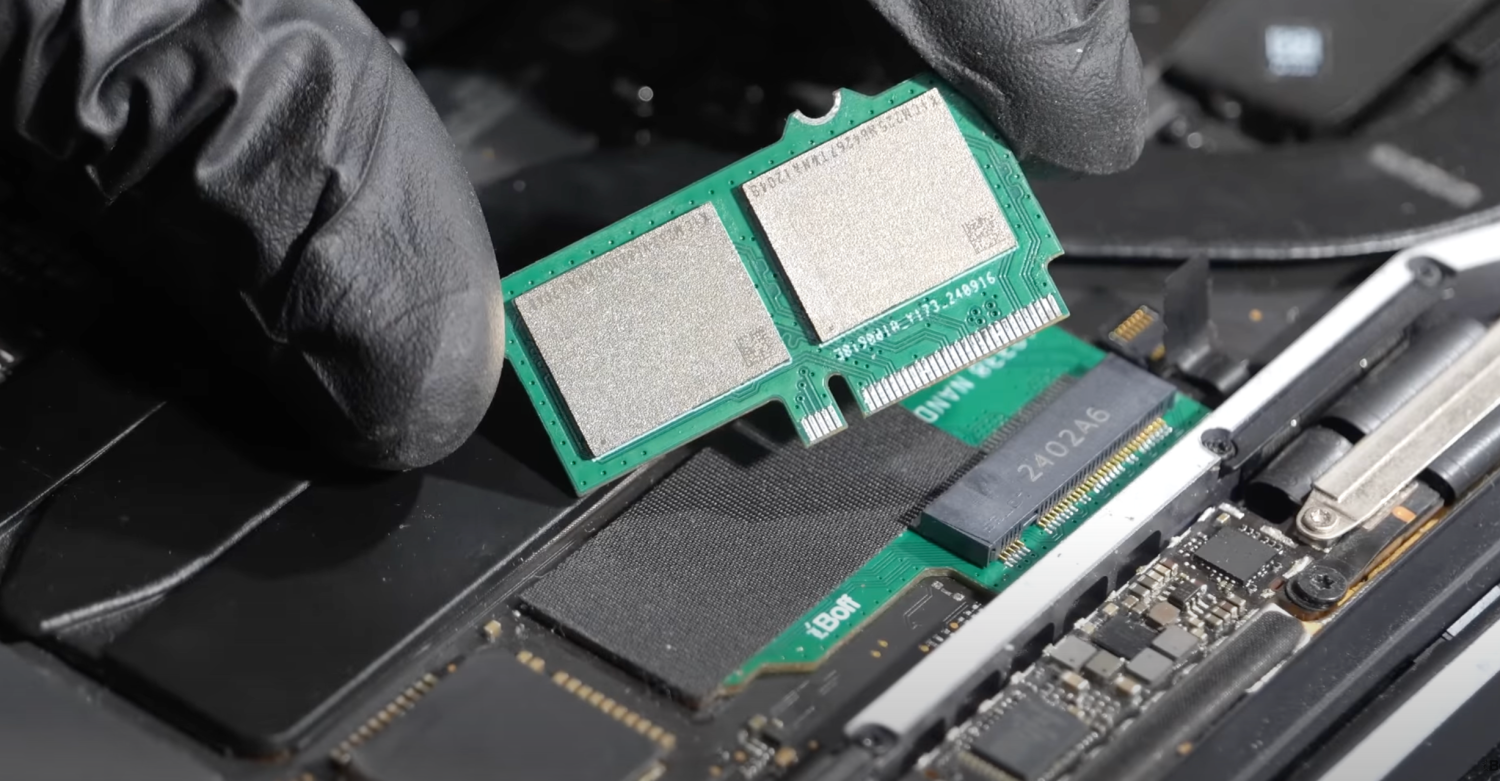One hundred and seventy years ago, on October 27, 1854, engineer Mixa Dere, one of the inventors of the transformer along with Titus Plathy Otto and Karoly Šebrinowski, was born. The world-famous engineer also has many other innovations to his name: he left a total of fifteen patented inventions to future generations.
As the scion of a wealthy merchant family, he was born as Mixa Deutsch (according to some sources on 24 or 26 October) in the village of Paks in Vojvodina, now part of Serbia. After high school, he began his graduate studies at the Faculty of Engineering at Josef University in Budapest, and in 1877 he obtained a diploma in hydraulic engineering from the University of Vienna. Between 1878 and 1882, as a civil engineer, he participated in planning the regulating works of the Danube and Tisza rivers, and in parallel he also studied electrical engineering. At the invitation of Károly Zébrinowski, he began working in the electrical department of the Ganz factory in 1882. Together with Ziebrinowski, they designed a 1350 V, 70 Hz self-excited alternating current generator, which they began to produce in 1883. He also worked with András Mechwart, where Together they created the machine that was used to light Budapest's Eastern Railway Station.
For a long time, electric current was used only for lighting, although Thomas A. Edison, inventor of the first practical electric light bulb, and German Ernst Werner von Siemens swore by direct current, but could not work out the cost. Efficient transportation over longer distances. In 1882, the Frenchman Lucien Goulard and the Briton John D. Gibbs came up with the first usable method: their device, which used the phenomenon of induction and operated with an open iron core and primary and secondary windings, powered lamps with alternating current but the complex system often failed.
Part of the 1884 Universal Exhibition in Turin was actually illuminated in this way, and Otto Plathe, a representative of the Ganz factory, noted that the system did not use a closed iron core. As a test – secretly, of course – he short-circuited the electrodes of the inductor with an iron rod. When they returned home, he and Zybrinowski investigated how a single power source could power several lamps at the same time. Derry investigated parallel communication and developed a new distribution system.
On 2 January 1885, Deere and Zybrinowski filed a patent application for a distribution system based on the use of alternating current inductors with parallel connection, other than 1:1, with a random ratio (at that time still open iron core). ). In March, the three, along with Plathy, filed a patent for the poleless closed-iron transformer, which included the jacket and core transformer, as well as various versions of the iron core made of insulated iron wire or sheet—that's when the word transformer was first used. The transformer distribution system was a major step forward: the voltage of parallel-connected devices became largely independent of the load, the magnetizing current was reduced to an acceptable value using a closed iron core, and efficiency improved.
The first device, universally known as the ZBD model from the abbreviation of the inventors' names, was used for lighting hotels in Lucerne, the second was purchased by the Edison Company for a theater in Milan, and the first large power station based on the new system was ordered by the city of Rome from Ganz. The inventors have patented the system in major industrialized countries, which many people have illegally copied – and Ganz usually wins lawsuits over it.
In 1889, Derri joined the newly founded Vienna International Elektrizitäts-Gesellschaft (IEG) and, as director, organized and arranged the Vienna Electric Power Station. In 1897, he patented an eddy current braking system (originally called Foucault), which had been developed for railway cars of the time. The importance of the invention is demonstrated by the fact that even today you can find modern solutions that use the potential of eddy current power in brakes and clutches. From 1898 he worked on a compensated direct current device. He also made an elevator motor that starts as a single-phase repulsion motor with two types of windings. The invention, known worldwide as the Deere engine, filled a major gap: elevators could not be operated safely with any type of engine.
The world-famous engineer left a total of fifteen patented inventions to future generations. He was an honorary member and correspondent of the Vienna and Berlin Electrotechnical Societies, and in 1900 won the Grand Prix at the Paris Universal Exhibition. He died on March 3, 1938, at the age of 84, in Merano, Italy, where he lived in seclusion. In his honour, a street in Józefvaros in Budapest is named after him, several schools bear his name, and Magyar Elektrotechnikai Egyesület established an award in his memory in 1960; There is a plaque commemorating Bajan and Bex in the capital.




